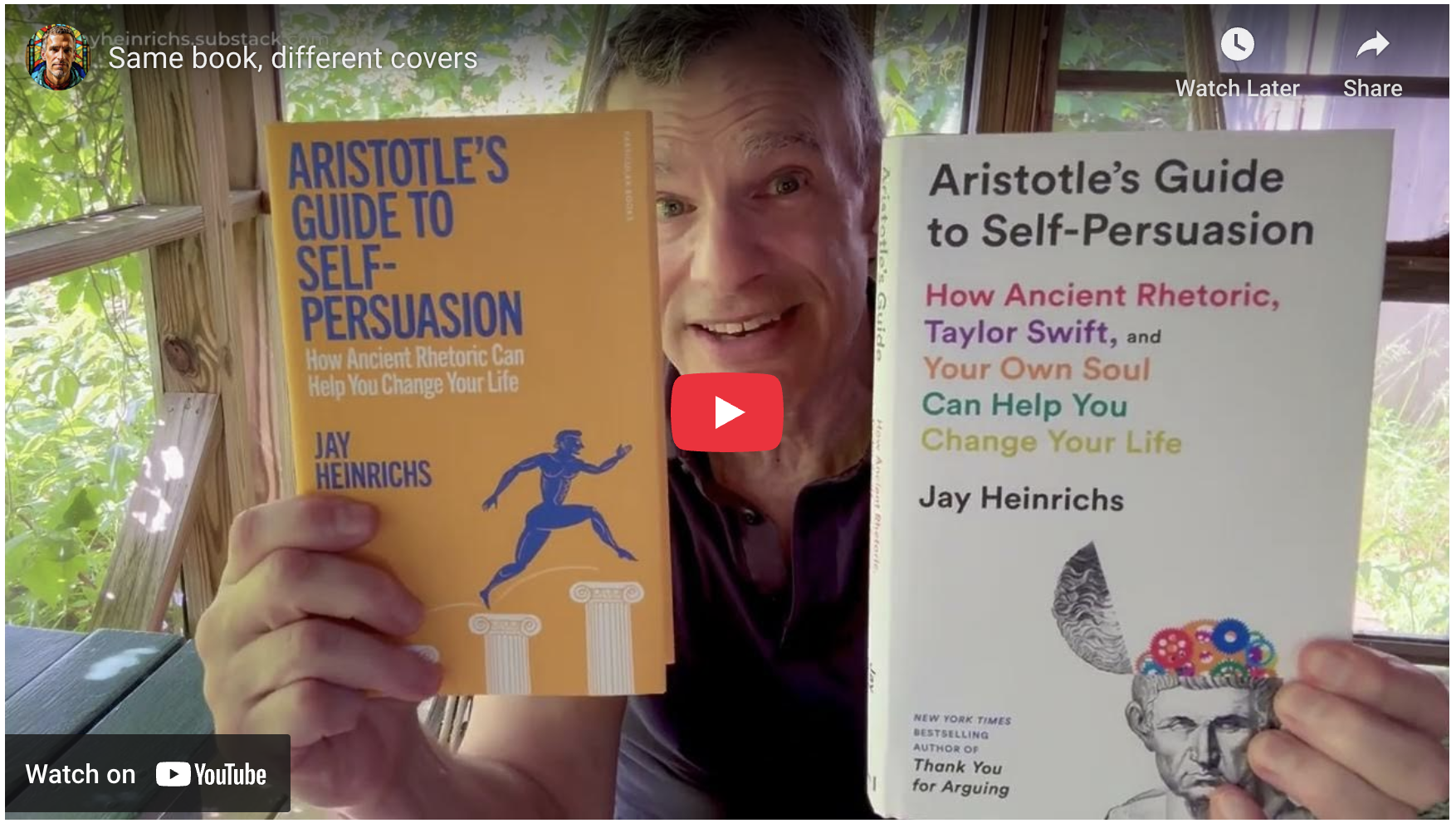Writing the Situation
Here’s a checklist to give you the Who, What, When, Where, and How.
All hail to you, O Rhetor! (Translation: You’re the writer. Good for you.)
In a real-world piece of rhetoric, before you even begin, make sure you know the Who, What, When, Where, and Why. Then get to the How.
Who: That includes two parties: (1) you, and (2) your audience. What role are you playing? A brilliant scholar? A passionate reformer trying to bring justice to the world? A student essaying her way into the college of her choice? A harried junior writing an assigned personal essay? A creative writer with dreams of crafting screenplays and world-building video games? Who’s your audience? A schoolboard? A teacher? Fellow students? Your lonesome self? The answers will help you determine your tone—its degree of formality, its density of facts, the amount of anecdote, even the number of multisyllabic vocabulary words.
What: Your Message. See if you can sum it up in one sentence before you do an outline. Then, yes, do an outline. The one-sentence summary will help you focus, and can make you write that first draft more quickly.
When: Unless your given a deadline or due date, consider the best time to turn in what you’ve written. When will your audience be the most receptive?
Where: What’s the medium you’re writing to? Is it a blog post shared on social media? A formal paper turned in remotely?
Why: The Purpose. What’s your goal? Exactly what are you trying to get out of your audience? Are you changing their mood? Their mind? Getting them to act on something? Making them fall in love with you? Or doing what it takes to get a perfect grade?
How: We’ve talked about the one-sentence summary and the outline. OK, now let’s talk about the How of writing for the AP Lang exam:
1. Make sure you know the time limit for answering the prompt.
Allow time for the entire process of writing (see number 4.)
2. Who are you?
What role are you playing, and what kind of voice are you using? How will your style affect the reader?
3. And for that matter, think of the reader:
She’s an experienced AP Lang teacher who’s reading a lot of essays. She’ll be looking for a degree of formality, and a sincere tone.
4. Follow these steps:
(a) Read the prompt, then re-read it two or three times. There’s an old expression that “AP” stands for “Answer the Prompt.” Many students make the mistake of reading the prompt in a hurry, then failing to really answer it.
(b) Sketch out your answer in a phrase or a sentence. What’s your purpose?
(c) List your claims and evidence. Jot down your facts and anecdotes.
(d) Write an outline.
(e) Draft the piece.
(f) Correct or rewrite it.



Civility isn’t the end of deliberative argument; it’s just the beginning. To get anyone even to listen to you, you have to make your audience believe you’re worth listening to.